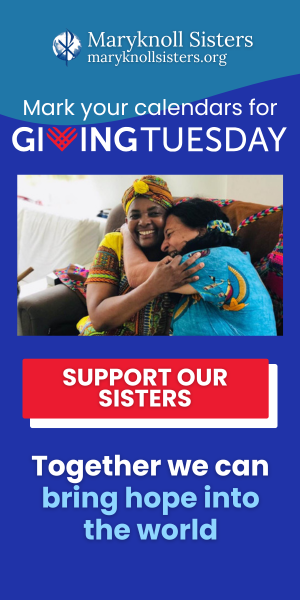Want to visit the most peaceful country in the world this winter? Well, bundle up: You’re on your way to Iceland. That frigid state is the world’s peace leader in 2024, according to the Institute for Economics and Peace (IEP), a Australian-based peace-positive think tank that each year tabulates the Global Peace Index (GPI).
The GPI measures peacefulness according to two dozen indicators that track a nation’s safety and security, its engagement in domestic and international conflict, and its degree of militarization. Iceland has been at the top of the peace measure since the IEP first launched the GPI in 2008, but if you prefer a warmer clime, you are welcome to explore other peaceable kingdoms that round off the GPI’s top five: Ireland, Austria, New Zealand, and Singapore.
The United States dropped two ranks this year to end up the 132nd most peaceful nation in the world (out of 163 states measured by the index)—far behind other advanced economies. In addition to its direct participation in various conflicts in the Middle East, the United States devotes an unwholesome amount of its economic might to military spending and is the world’s largest arms distributor. When measuring the militarization of their societies, the United States scored 161st, just behind leaders Israel (163) and North Korea (162), and the nation’s homicide rate is twice the global average.
It will probably not come as a great shock to discover that peacefulness deteriorated for the fifth year in a row in 2024 as the world suffered through 56 active conflicts. GPI researchers grimly concluded that “many of the conditions that precede major conflicts are higher than they have been since the end of the Second World War.”
Fewer conflicts are ending—whether through an outright victory by one side or a negotiated settlement among or between combatants—suggesting that conflicts may grind to a halt but will likely fester and may explode into bloodshed again. The report also notes that local conflicts are quickly becoming internationalized. Conflicts that cross borders complicate peace negotiations and prolong the fighting, according to IEP researchers.
But never fear, not all the news related to armed conflict is bad. For investors in arms production, 2023 was a terrific year, and 2024 promises even greater profits, as stockpiles of artillery shells and high-tech missiles are largely depleted due to the Israel war on Hamas and Hezbollah and the Ukraine conflagration. The next few years should mean plenty of new business, as the United States, Israel, European Union, and Russian Federation seek to replenish supplies.
Still, the profit derived from arms sales pales in comparison to the sheer material and human waste of war and social violence. Together they cost the planet more than $19 trillion in 2023, the IEP reports.
To put that figure into some perspective, the World Food Program believes it could end global hunger by 2030 for $240 billion, and high-end estimates for the cost to end extreme poverty are $325 billion a year, or about $2 trillion by 2030. If humankind could cut back on war and violence for just one year, it could resolve global hunger and poverty by 2030 and still have more than $16 trillion to squander on fighting and death dealing.
That awful outcome on the global balance sheet is one of the reasons Pope Francis so frequently deplores the worldwide arms industry as a moral scandal during an era of continuing need and vulnerability endured by so many. It’s almost as if we should be getting advice from a better investment counselor this Christmas season.
This article also appears in the December 2024 issue of U.S. Catholic (Vol. 89, No. 12, page 42). Click here to subscribe to the magazine.
Image: Unsplash/Ben Grayland
















Add comment